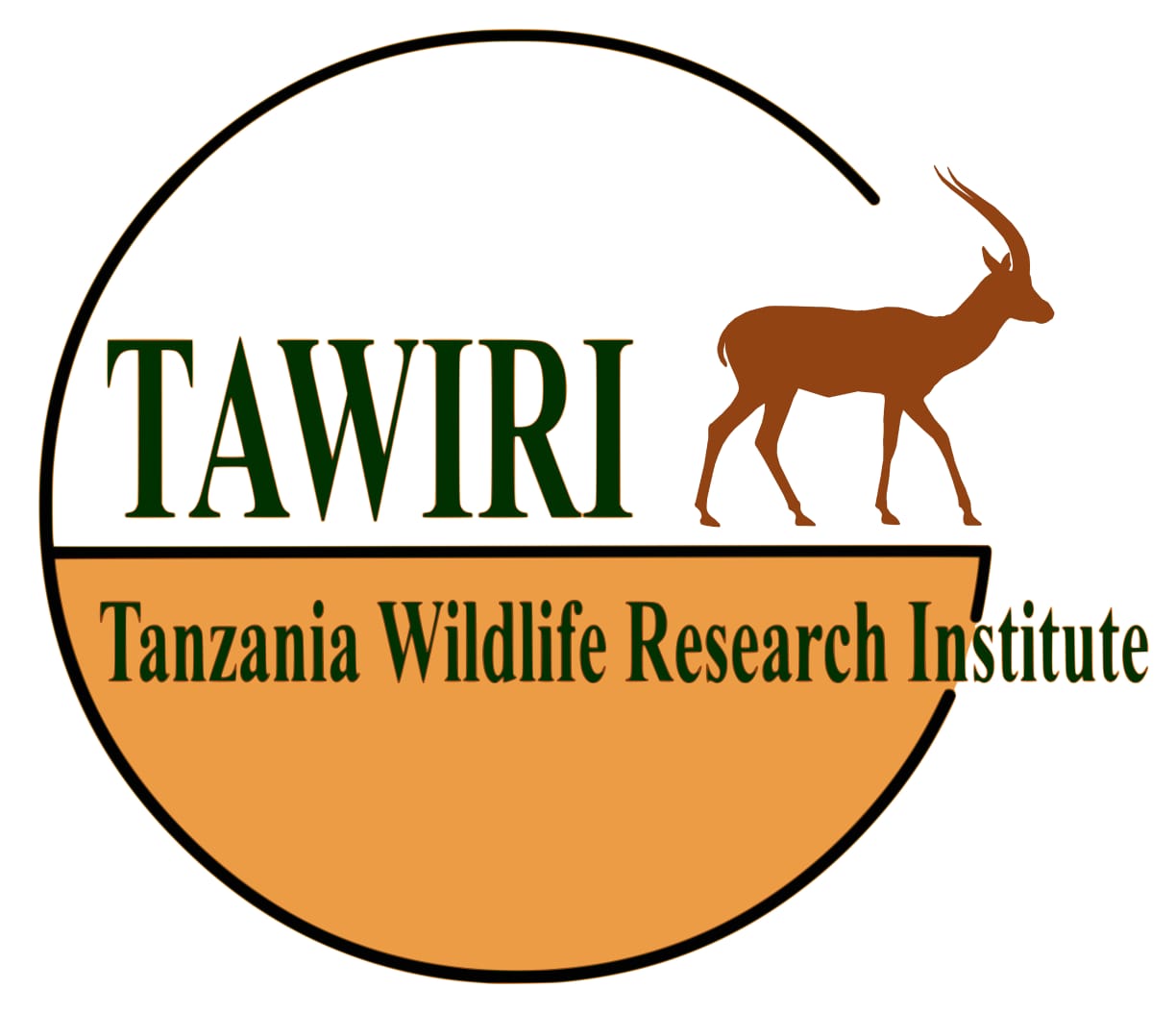Introduction
Organisms differ in their use of habitats, with some being specialized to specific environments and others occupying a range of habitats. Many global habitats are biodiversity hotspots and centers of endemism. Variation in habitat characteristics and climate drives genetic diversity through natural selection, potentially leading to species evolution. However, habitat loss due to human activities, climate change, invasive species, and stochastic events has caused biodiversity loss and species extinction, emphasizing the need for habitat management in wildlife conservation.
Woodland habitats, known for supporting biodiversity, play a crucial role in ecosystem functions, hosting arthropods that facilitate pollination, nutrient cycling, and soil modification. Arthropods benefit from woodlands for food, roosting, and breeding but are also affected by threats like chemical secretions and carnivorous plants. Woodlands adapt well to climate changes, showing resilience to dry conditions. Arthropods, diverse in species, serve as indicators of ecosystem health due to their habitat specificity, sensitivity to environmental changes, and vital ecological roles, such as regulating energy flow and nutrient cycling.
Despite their ecological importance, woodlands face threats from natural and human disturbances, including soil erosion, habitat fragmentation, and invasive species. Human population growth and agricultural expansion increase pressures on these ecosystems, causing land use changes that threaten protected woodlands. Disturbances to one part of an ecosystem can impact other components, such as ground-dwelling arthropods, necessitating restoration efforts.
The Igombe Game Reserve in Tanzania, a protected area with Miombo woodlands, illustrates successful restoration efforts. Previously threatened by poaching and encroachment, government intervention enabled habitat regeneration, benefiting wildlife populations through improved habitat connectivity. However, there is limited research on arthropods as indicators of ecosystem resilience within these restored habitats, highlighting a gap in understanding the ecological impacts of restoration in areas like Igombe.
Problem Statment
According to the field of dreams hypothesis, habitat restoration improves vegetation structure and habitat quality from its degraded state and is assumed to be the key for restoring the biota (Wilsey 2021). The main aim for ecological restoration is to restore ecological integrity of an area (Hale et al. 2019) , but it may impose impartial impacts or additional risk to population of residing species (Hale and Swearer 2017). For effective restoration, integration of knowledge about the system design, impact assessment and measures of species fitness should be considered (Hale et al. 2019). Habitat preference and quality favors persistence of fauna populations in restored habitats, but studies have described arthropods occurrence, abundance, diversity, and distribution across different types of habitats and disturbance (Barton et al. 2013, Kinnebrew et al. 2023), yet little is known on influence of woodland restoration on community composition of ground dwelling arthropods in Igombe game reserve. Therefore, this study is going to investigate the influence of woodland habitat restoration on community composition of ground dwelling arthropods as well as setting out habitat preferences and qualities for different groups of ground dwelling arthropods.

 Nwris
Nwris